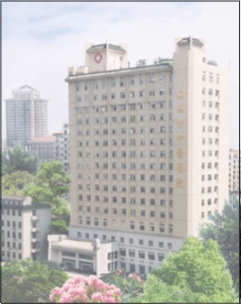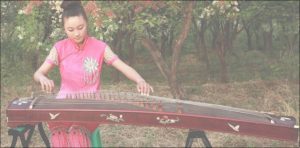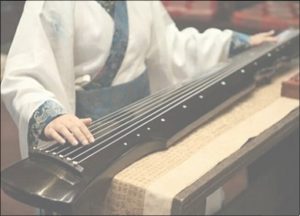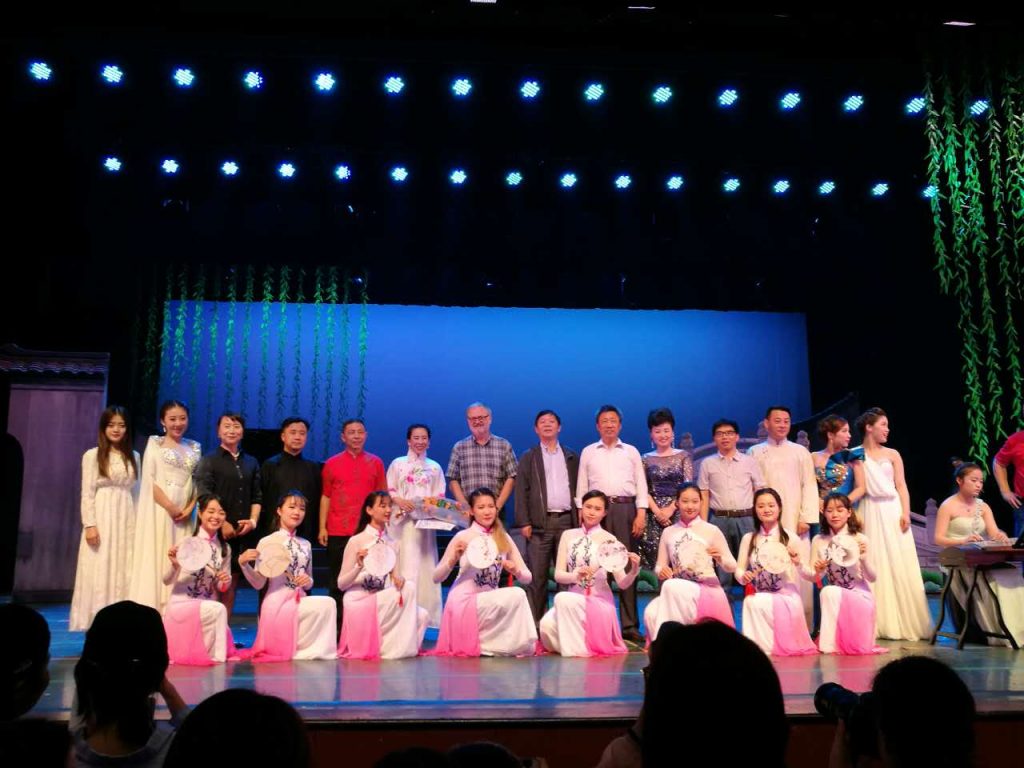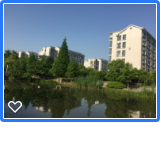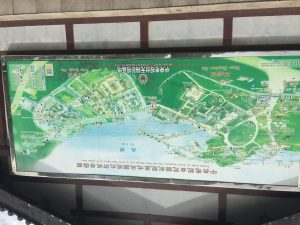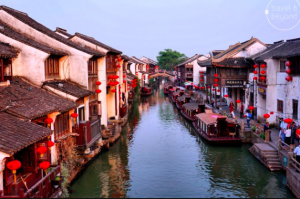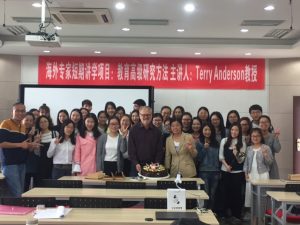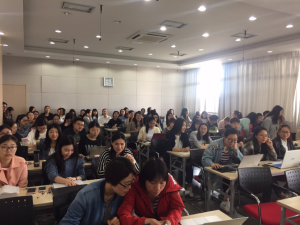You can tell when a blogger is getting old by the percentage of their posts relating to health issues- and especially their own. This is one of that genre.
About three months ago a painful bump appeared on my heel, and after a couple of weeks of denying its existence, Susan talked me into going to see my family Doc. He didn’t give me a name but said it was fairly common, suggested some stretching exercises and booked me with a specialist. Rather miraculously (in Canada) I was able to see the specialist a week later. The specialist told me it was a case of Achilles Bursitis, and booked for x-rays and an ultrasound. Of course I rushed off for an appointment with Dr. Google and found that indeed I (and you) have a number of cushion pads called bursae that shield the moving tendons from the bones of our joints. When they get inflamed you call it bursitis. The specialist prescribed some anti-inflammatory cream and I got used to (almost) a dull pain as we trotted around Italy last month.
So landing in China for a month, I thought, why not see what Chinese medicine can do for me. My first stop was at the hospital conveniently located on the University Campus. A 5 minute wait and a short examination and I had another tube of anti-inflationary cream. (Total cost about $7.00 for the cream and I some small payment via my new Jiangnan University staff card). I learned from Chinese colleagues that the University hospital used western medicine, so they helped me get an appointment at the major Chinese medicine hospital in the centre of Wuzi.
So this morning we headed downtown for an 8:oo AM appointment. Unfortunately, my colleague had mistakenly made the appointment for the following day, so we decided to just see if we could ‘walk in”. This entailed showing my passport and lining up for 5 minutes to pay a cashier $12 to see the doctor. 2o minutes later we were standing at the open door as the doctor finished a session with an earlier patient (the Chinese don’t bother about patent/Dr privacy the way we do in Canada). He quickly examined my heel and (through Zhijun’s interpretation) asked about my “western diagnosis” and the Internet gave us a Chinese translation of the afore mentioned malady.
He wanted to see an x-ray, so back we went to the line up at the cashier (waited about 15 minutes) paid $22 and we were on our way to radiology department. Another 10 minute wait and I was on the x-ray table. The equipment and safety of operator looked pretty much the same as my recent experience in Canada – with a much shorter wait time. Then it was back to the doctor (another 10 minute wait) and he was examining the x-ray on his computer. As expected the bones were fine, just the inflamed bursai.
He then punched in 3 prescriptions on his computer, printed them out and we were back in the cashier line (another 10 minute wait). I paid another $12 and went to the dispensary, waited 5 minutes and was given a bag with my prescriptions – a tube of herbal anti-inflammatory cream (made at the hospital), 8 packets of herbs (also made up at the hospital) with which I was to make a tea and soak my foot 3 times a day and a 24 tablets of an internal anti-inflammatory. I may not take the internal pills as I was able to get a second opinion from Dr Google – who noted the drug is associated with stomach problems. The final stop was back to the radiology department to pick up the 11″ by 14″ x-ray. I think it will be a nice souvenir and I’ve never known anyone else who has their own foot xray!
So, I still have bursitis, but as I write my foot is having a bath and the room smells like a wet autumn woods. The hospital experience cost me about $46 and two hours of my time – without an appointment. It was, all in all, an interesting experience and I was impressed with the service and brusk but efficient operations of the staff. However, I am certain that this would have been an entirely different experience, without the translation services from my good friend and ex-PhD student Zhijung.
Only time (and perhaps a later blog post) will tell if the treatments work.
